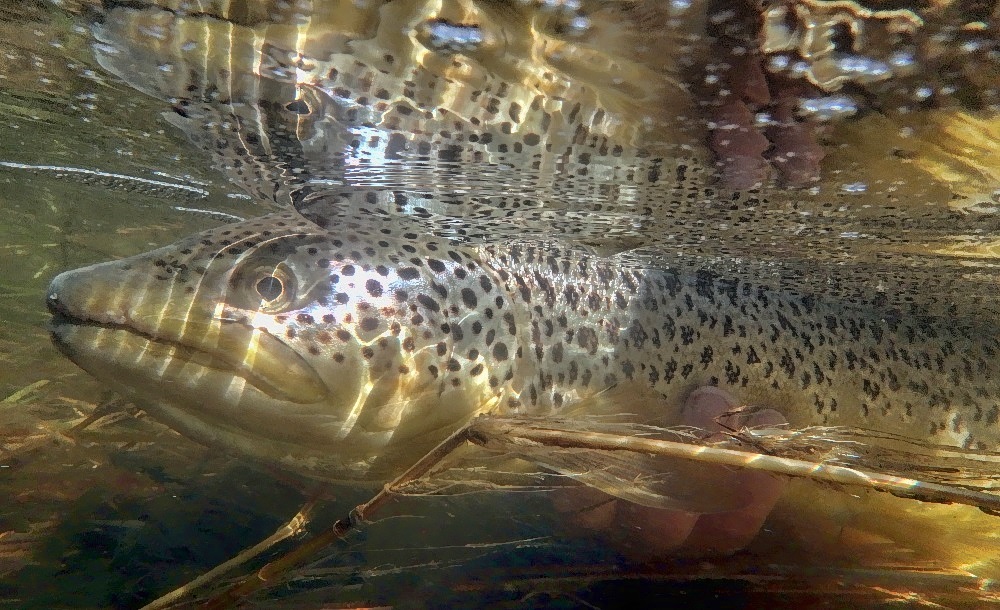Primarily, I utilise CDC in flowing water. I do use it when tying flies for stillwaters, but usually with the addition of either cock hackle or deer hair. I like the look of Grant Lukeís Grunter described by Magnus in his posting of 26 June 2024 and think it likely that trout in Tasmania lakes would rise to a size 10 or 12 of that design during a dun emergence.
I agree with Sandyís comment that spun CDC has superior floating capabilities than complete feathers with their shafts.
For my fishing, Sandyís CDC Spiders with his inclusion of soft hackled game feathers provides a design template for upwing duns of any species in sizes from 10-14. The floatation provided by spinning the feather fibres minus their shafts allows me to float duns using this fly design in river conditions ranging from fast riffles to glides with flat and unbroken surfaces.
For species with duns matching hook sizes 16-20, and when fishing unbroken water, my first preference is for Jeremy Lucasí Plume Tip - see
https://sunrayflyfish.com/en-au/blogs/news/the-plume-tip-the-ultimate-refinement-by-jeremy-lucas for Jeremyís thoughts on his design. Rivers that I fish in Tasmania and in New Zealand, particularly the Mataura with its large population of
Deleatidium vernale, feature good hatches of small, dark coloured duns. In these conditions, a well presented Plume Tip sized to match the naturals opens a door to glorious fishing.
When fishing smooth glides and faced with the need to imitate insects with a floating fly smaller than a size 20 hook, I use Dave Southallís variant of Jack Tuckerís CDC IOBO Humpy. As you can read at
https://www.thefloatingfly.com/new-page-2, Dave uses this fly design in sizes 12 - 24.
I also tie spider flies with a CDC collar and include similar in some of my bead-head nymphs.
I believe that CDC is a wonderful material.

